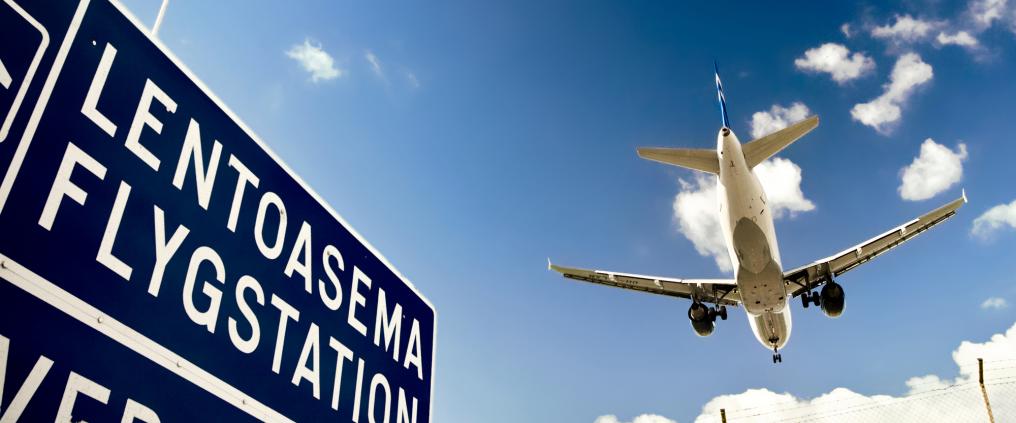Helsinki Airport is Northern Europe's leading transit airport. There are 15 million passengers per year, and more than 1,000 companies operate in the airport area. Last year, Finavia implemented a survey where the home municipality of the participants was used as the basis for assessing the proportion of workers (compared to the total number of all workers in the municipalities) who work in the Helsinki Airport area. The sample includes about 7,100 people who work in the airport area.
– The Helsinki Airport area directly employs almost 20,000 people. Our estimate is that 6.8% of workers in Tuusula, 4.0% in Vantaa, 3.7% in Järvenpää and 3.1% in Nurmijärvi go to work in the Helsinki Airport area. About 2.2% of the workers residing in Helsinki work in the airport area. This means that airport operations are significant for the tax income of several municipalities," says Helsinki Airport Director Ville Haapasaari at Finavia.
The airport is a significant driver of growth in the Uusimaa region, but it also provides jobs and a livelihood elsewhere in Finland. The total number of indirect jobs created by air traffic is as high as 100,000, and air traffic produces 3.2% of Finland's annual GDP. The direct and indirect tax revenues produced for the Finnish state by aviation operators amount to about €2.5 billion per year. This sum would cover the budgeted expenditure of the entire national economy for about 17 days.
One million new passengers will provide jobs for one thousand people
Helsinki Airport is expected to have 20 million passengers a year in the early 2020s. The airport's €900 million development project will commence in 2014 and will continue until 2020. In addition to increasing check-in and transit travel capacity and improving traffic arrangements, passengers are attracted to Helsinki Airport by smooth, enticing passenger services.
– The number of jobs will increase as air traffic volume increases. An increase in Helsinki Airport's passenger volume to 20 million would create about 5,000 new permanent jobs in different companies over the next ten years. The job impact of the development programme itself is an estimated 14,000 man-years," says Haapasaari.
Long-term work to control aircraft noise
– As air traffic volumes increase, Finavia is also working continuously to control aircraft noise by developing its take-off and approach routes. A renewal programme implemented in November 2013 is an example of noise control work. The programme changed the intermediate approach height of aircraft landing on Runway 1 at Helsinki Airport from the east. The change decreases the noise of approaching aircraft during the afternoon peak hours and at night," says Haapasaari.
The noise area at Helsinki Airport has decreased to a significant extent in the last few decades, even though the traffic volume has increased. In 1990, a total of 97,000 people resided in the aircraft noise area of the capital region. In 2011, the number affected by the noise area had decreased to 14,000 residents. The reduction is due to progress in aircraft technology and air traffic control operating methods.



